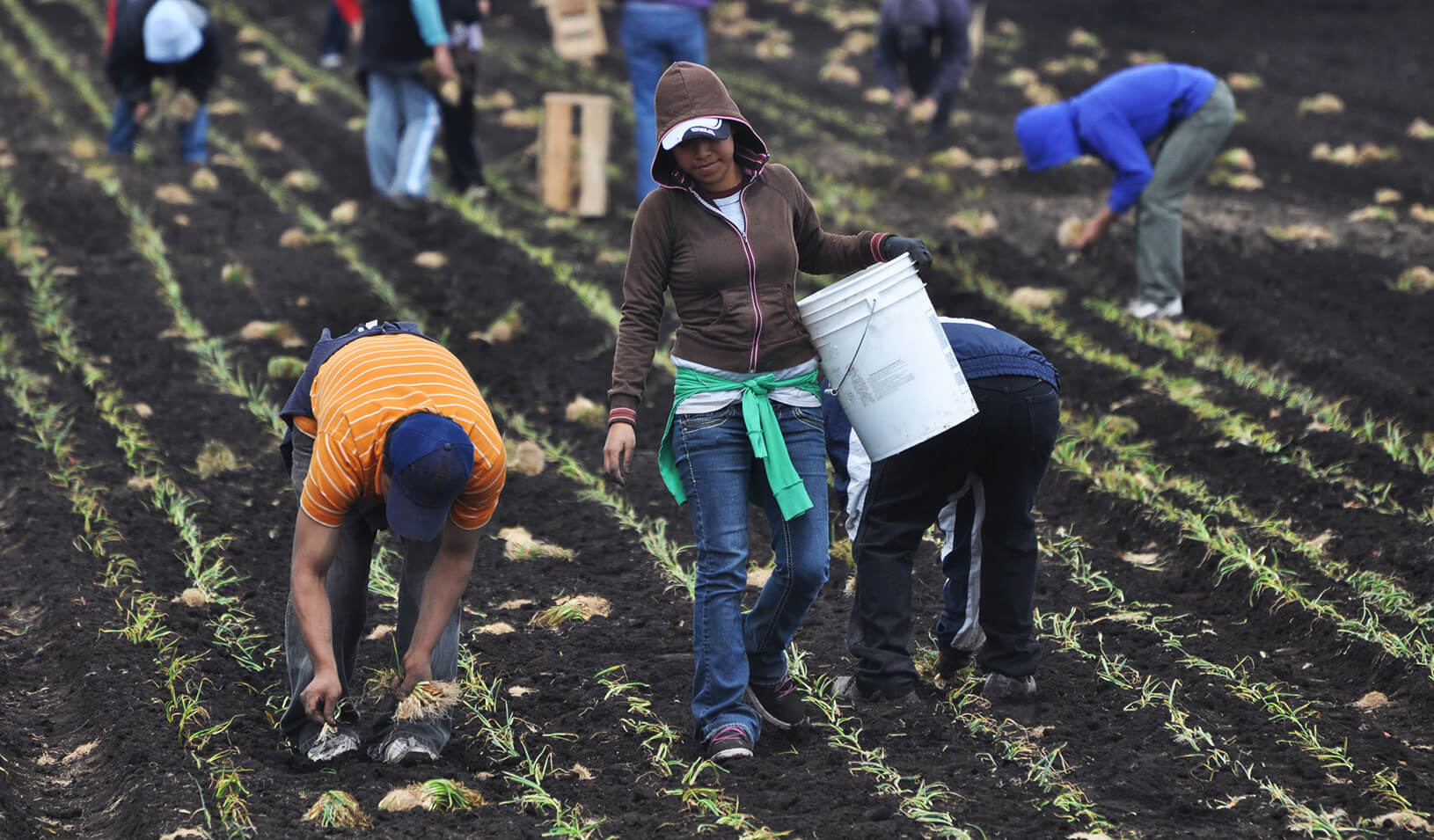
Philadelphia’s soda tax decreased sales of sweetened beverages by 46% — but only within the city limits. | Reuters/Hazir Reka
The price of certain sugar-sweetened beverages, including soda, has gone up in recent years in places including San Francisco, Seattle, and Philadelphia.
That’s partly because of new local taxes imposed on such drinks.
“There’s a lot of debate about whether to pass those kinds of taxes and how to design them,” says Stephan Seiler, an associate professor of marketing at Stanford Graduate School of Business. “How high should the tax rates be? What type of products should be covered — regular or diet or both? And should the tax be levied at the city or county level?”
To get at answers, Seiler and collaborators Anna Tuchman and Song Yao conducted a study titled “The Impact of Soda Taxes: Pass-Through, Tax Avoidance, and Nutritional Effects.” The newly published research examined the effects of a 1.5-cents-per-ounce tax imposed on sweetened beverages in the city of Philadelphia beginning in 2017.
“We wanted to learn how the tax affected things like tax revenue and people’s financial burdens, and use that to contribute to ongoing policy discussions,” Seiler says.
The study found that Philadelphia’s tax has fallen short of its goals to decrease overall demand for the target beverages, and other evidence suggests it hasn’t delivered hoped-for tax revenue — all of which points to potential design flaws.
The Price of Sin
There are usually two motivations for “sin taxes,” or taxes imposed on our consumption of things that may not be good for us, whether tobacco, alcohol, junk food, or, yes, soda.
The first is potential health benefits. Forcing people to pay extra for unhealthy things may ultimately reduce demand for those products and improve public health, which benefits individuals and society at large. “The soda tax might help reduce obesity, which might reduce diseases that follow from that,” Seiler says.
The second is, no surprise, tax revenues, which can also be used for public benefit. In Philadelphia, for example, the soda tax was pitched with the idea of putting a large part of the money into local school systems.
A “good” tax, then, would theoretically drive benefits of both types, improving health — or at least the frequency of health-promoting actions — while generating revenue, without imposing undue financial burdens on citizens.
“We wanted to quantify the impact so policymakers could use the numbers as they see fit,” Seiler says.
A Policy Misfire?
The authors studied more than three years of sales of soda and other beverages at more than 1,200 retail locations — from convenience stores to big-box retailers — in Philadelphia and surrounding regions.
They first examined the “pass-through” of the soda tax to consumers (in the form of higher prices). “Retailers have to pay a higher price due to the tax,” Seiler says, “but they might not be willing to pass that on because they worry that demand will go down.”
In Philadelphia’s case, retailers on average passed along 97% of the tax, resulting in price increases of 34%. In line with this, the study found a 46% decrease in local demand for taxed beverages. People bought less of the taxed soda in the city.
Still, that didn’t necessarily mean decreased consumption. “Consumers can either switch to untaxed beverages — specifically, water or natural juices — or drive somewhere outside the taxed area to purchase soda,” Seiler says.
The results showed that many people were very willing to travel to buy untaxed soda. “The cross-buying to a large extent offsets the decreased demand within city limits,” Seiler says. In fact, when they accounted for purchases made outside Philadelphia, the researchers found that purchases dropped by only 22%.
As a large percentage of consumers shift purchases to outside the city, that compromises the local government’s ability to raise tax revenue. Moreover, if soda consumption decreases only modestly, there are fewer potential health benefits.
The study also indirectly suggests that lower-income citizens might be bearing more of the tax burden, because they’re more likely to continue buying soda at the higher, tax-inflated price. “We looked at whether stores are located in low- or high-income areas,” Seiler says, “and found that purchasing actually goes down less in low-income areas — which is surprising, because we think of low-income households as more price-sensitive.”
Overall, then, the Philadelphia soda tax seems to be reducing consumption of soda only slightly and is limited in its ability to generate hoped-for tax revenue, while potentially placing more of the tax burden on lower-income communities.
Toward Better Tax Design
Still, it’s too soon to throw out the tax baby with the soda water, Seiler says.
He highlights Philadelphia’s relatively small size in cautioning against making broad assumptions about soda taxes’ effectiveness: “Residents there are never more than four or five miles from the city’s border. So it’s easy to engage in cross-shopping.”
Moreover, because Philadelphia taxed both regular and diet soda, that left only water and pure juices as healthier substitutes. “Substituting water for Coke is probably too big of an ask” for consumers, Seiler says.
So the pain of giving up soda, combined with the ease of purchasing it elsewhere, ultimately may have rendered Philadelphia’s tax less effective.
A better design, Seiler says, might be to tax regular sodas but not their diet counterparts — as San Francisco and Seattle do — and to levy the tax across a wider geographic area. “That may get people to make the switch,” he says.
He points to Mexico, which has a national soda tax. “That type of tax,” he says, “would be much harder to avoid.”
For media inquiries, visit the Newsroom.






